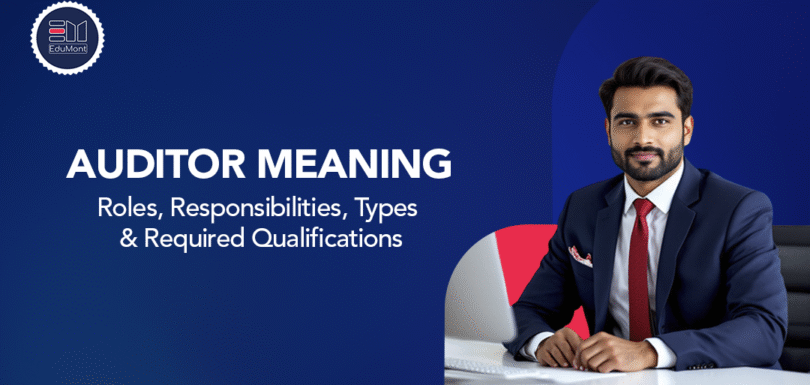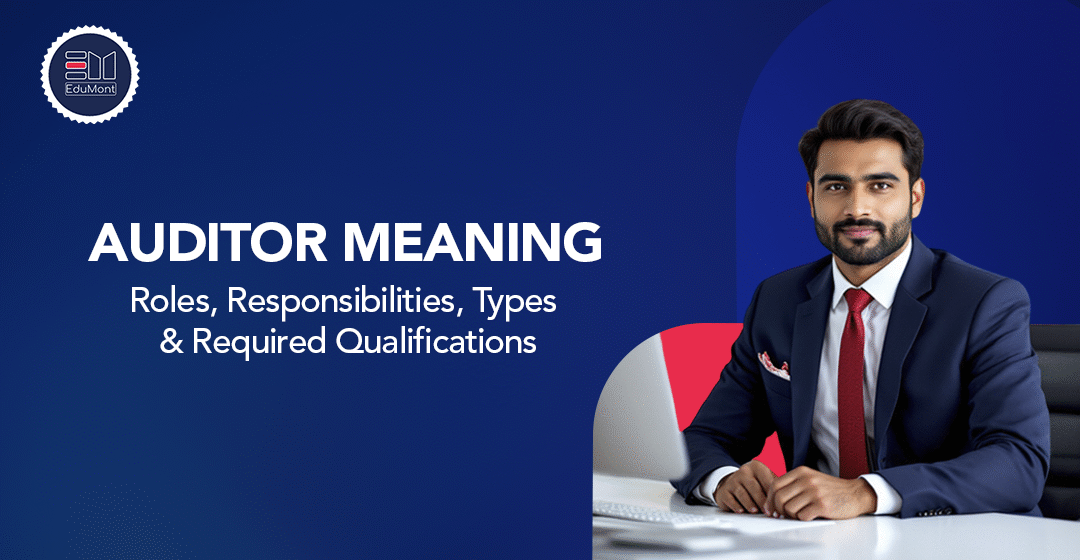Basics of Accounting: Journals, Ledgers & Trial Balance
Understanding the fundamentals of accounting and the basics of accounting is one of the most important parts of the Class 11 Commerce curriculum. Accounting not only develops analytical and financial reasoning skills but also lays the foundation for higher studies in Business, Finance, and Economics. In this article, we’ll explain the basics of accounting for Class 11 students covering Journals, Ledgers, and the Trial Balance with clear definitions and simple examples. What Is Accounting? Accounting is often called the language of business. It is a systematic process of identifying, recording, classifying, and summarizing financial transactions to interpret business performance. Every transaction is recorded carefully so that final statements like the Profit and Loss Account and the Balance Sheet show the true position of the business. 1. Journal: The Book of Original Entry The Journal is the first step in the accounting process. It records financial transactions in chronological order as they occur. Each journal entry follows the double-entry system of accounting, meaning every transaction has two aspects debit and credit. Format of a Journal Entry A journal entry generally includes: Date of the transaction Particulars (details of accounts involved) Ledger Folio (L.F.) Debit amount (₹) Credit amount (₹) Example April 1, 2025: Cash worth ₹10,000 received from Ram. Journal Entry: Cash A/c Dr. ₹10,000 To Ram A/c ₹10,000 (Being cash received from Ram) Here, the Cash Account is debited because cash is coming in, and Ram’s Account is credited because he is the giver. 2. Ledger: The Book of Final Entry After recording transactions in the journal, they are posted into the Ledger. The Ledger, often called the Book of Final Entry, contains separate accounts for each category assets, liabilities, income, or expenses. Each ledger account shows total debits and credits, helping to identify balances for the Trial Balance and final statements. Purpose of a Ledger To classify financial data under specific account heads To determine the balances of each account for the Trial Balance To prepare financial statements accurately Example From the earlier entry: In the Cash Account, ₹10,000 appears on the debit side In Ram’s Account, ₹10,000 appears on the credit side This classification helps track how each account is affected by daily business transactions. 3. Trial Balance: The Checking Tool Once all ledger postings are complete, a Trial Balance is prepared. It lists all ledger account balances on a specific date and ensures that total debits equal total credits. It serves as a check on the mathematical accuracy of the books of accounts. Key Components of a Trial Balance Particulars (name of accounts) Ledger Folio (L.F.) Debit balance (₹) Credit balance (₹) Objectives of a Trial Balance To verify the accuracy of ledger postings To summarize all account balances in one statement To act as a base for preparing final accounts Example Trial Balance on April 1, 2025: Cash A/c → Debit ₹10,000 Ram A/c → Credit ₹10,000 Total Debits = Total Credits = ₹10,000 The equality of totals confirms that the books are correctly balanced. Key Differences Between Journal, Ledger, and Trial Balance Nature Journal: Book of original entry Ledger: Book of final entry Trial Balance: Statement of balances Function Journal: Records transactions as they occur Ledger: Classifies transactions under specific accounts Trial Balance: Checks the arithmetical accuracy of the books Order Journal: Chronological order Ledger: Account-wise order Trial Balance: Summary form Purpose Journal: Initial recording of all transactions Ledger: Finding account balances Trial Balance: Verification and accuracy check Why Learning Basics of Accounting Is Important For Class 11 students, understanding Journals, Ledgers, and the Trial Balance builds a solid foundation for advanced topics like Depreciation, Financial Statements, and Bank Reconciliation. Moreover, it develops essential skills such as logical reasoning, accuracy, and decision-making vital for success in commerce and finance. Learn Accounting the Right Way with EduMont Classes If you are passionate about accounting and aim to build a global career in finance, EduMont Classes can guide you every step of the way. At EduMont, we specialize in US CPA (Certified Public Accountant) and US CMA (Certified Management Accountant) programs two of the most respected international accounting certifications. Our expert faculty, interactive live classes, and real-world examples help students move from basic accounting concepts to global accounting standards with confidence. Begin your journey from Class 11 basics to international accounting expertise with EduMont Classes. Join EduMont Classes today and master accounting with confidence













